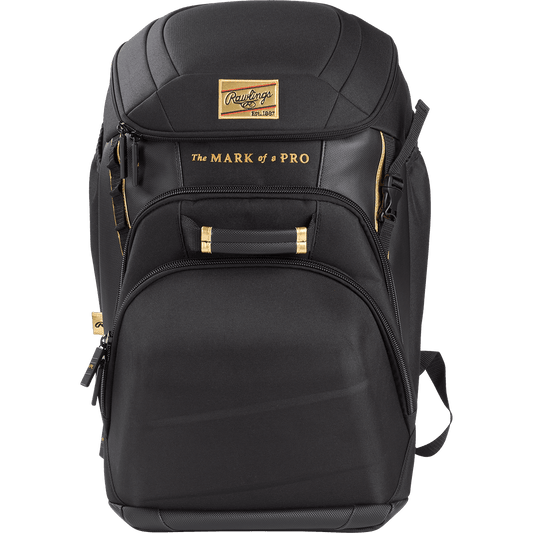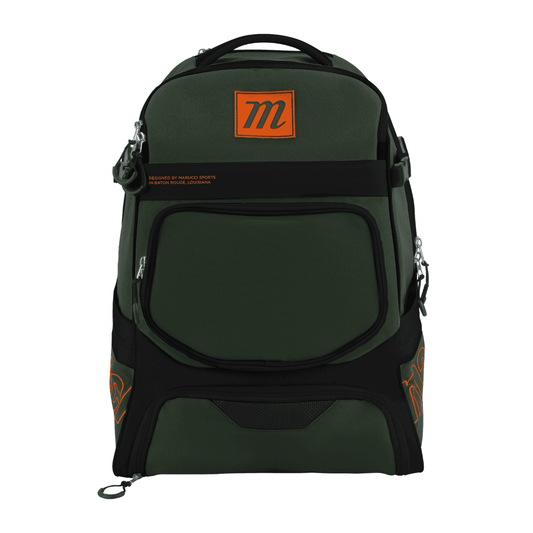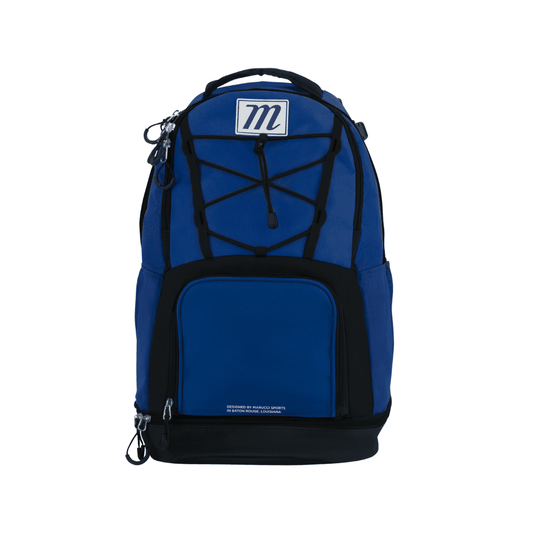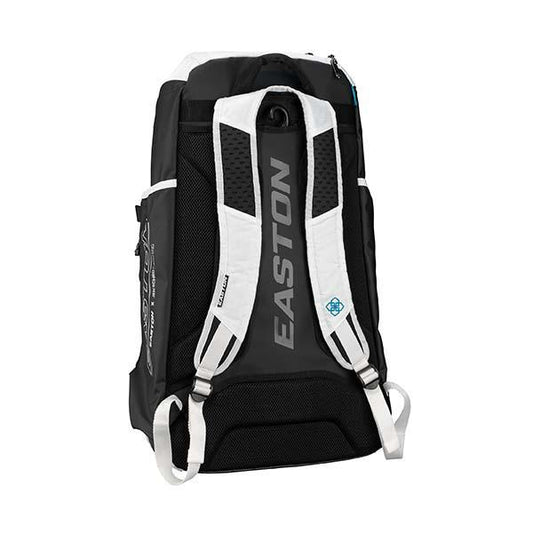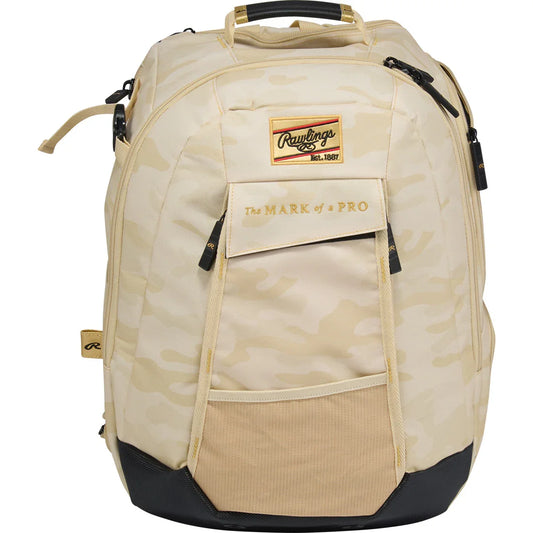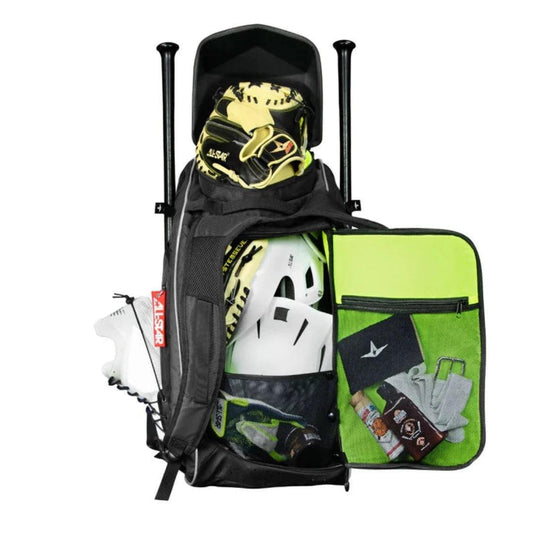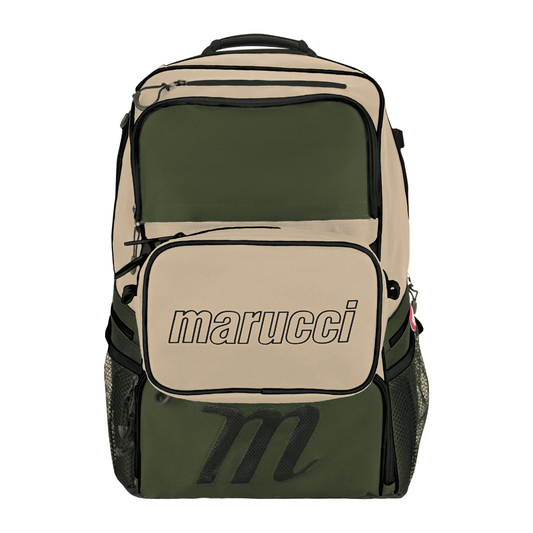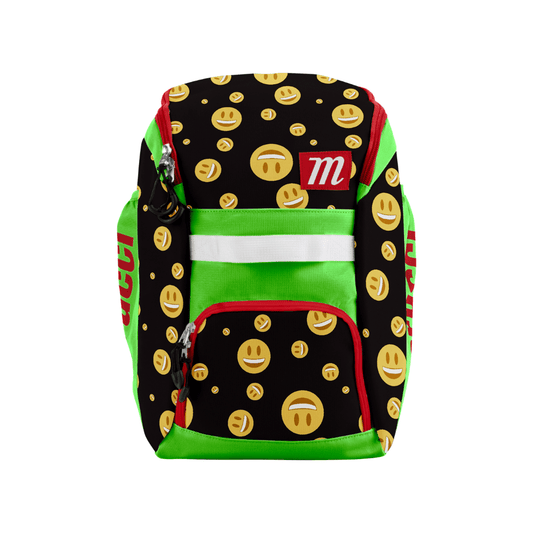Oftentimes players or interested buyers looking for the “best” baseball bats aren’t looking for a model or a brand. Oftentimes, they are looking for a set of features, and features are most heavily impacted by construction and material.
Baseball bats are commonly made from three general classes of materials, being wood, alloys (such as alloys of aluminum), and composite materials, like carbon fiber. Notwithstanding the fact that leagues have restrictions on bat performance, there isn’t really one answer to the question of which bat is the best.
Here, you can learn about the general strengths and weaknesses of the common bat construction materials mentioned above.
Wood Bats
Wood bats are traditional favorites and many professional players still prefer wood bats. They are frequently made from ash, maple, or birch, although some bats are made from a composite wood as well.
Maple is a close grained, very hard wood that offers great energy transfer as compared to some other woods like ash. Ash, however, is very flexible, which allows players to achieve a “spring” elastic effect with the wood. However, this causes the bat to weaken over time. Some of the most popular bats today are made from birch, which is stronger than ash but more flexible than maple, offering a player the strengths of both.
Strengths:
- Practicing with a wooden bat can make a player better because they are typically heavier and less forgiving than metal or composite bats, which requires more accurate swings.
- Wood baseball bats, though they have a smaller sweet spot, can deliver excellent performance when used by a skilled player.
- Some wood bats are more affordable than some high-end composites.
Drawbacks:
- Despite the performance of wood, wood is much more fragile than metal and composite materials. This causes wooden bats to break in response to mishits. Also, over time, wood bat fibers will stress and separate, causing the bat to break down over time, or literally shatter eventually.
- Wood bats tend to have smaller sweet spots than metal or composite bats.
- Wood bats are not able to hit the ball as hard as equivalent alloy or composite bats.
Composite Bats
Composite bats are ball bats that are made from composite materials, such as carbon fiber or fiber polymers. There is not much that can be done to affect the weight and balance of a consistent, single piece wood bat besides altering its size and the shape of the end of the bat.
Composite bats, on the other hand, can be made with several walls, several different pieces, and materials of differing weights and densities. Because of this, swing weight, balance, and bat durability can all be easily tailored.
Strengths:
- A composite bat can be made lighter - or heavier - than a similar wood bat.
- Many composite materials are much stronger and more durable than wood, although composite bats can still break.
- Composite bats can be made in several pieces to afford different flex through the handle.
- Composite bats can be made with more than one wall in the barrel to increase the compressiveness of the bat (for an enhanced trampoline effect) and increase the size and forgiveness of the bat’s sweet spot.
- Because of the above point, composite bats can deliver great performance, and some are more forgiving for players that are learning.
Drawbacks:
- Some composite bats may require the player to “break them in” through practice.
- Composite bats typically respond poorly to low temperatures and can crack or break.
- Some leagues express concerns over the safety of composite bats because they can result in higher batted ball speeds.
Alloy Bats
Alloy bats are made from metal alloys, typically aluminum alloys. Like composites, they can be manufactured to a wide range of specifications and can be made lighter, heavier, balanced, or end loaded at whim. They are also among the toughest of all bats and can deliver very high performance and batted ball speeds - some of the best baseball bats have alloy construction.
Strengths:
- Alloy bats are collectively the toughest bats available today. Many of them are nearly indestructible.
- Alloy bats can be designed to offer an enhanced trampoline effect over wood bats, and some alloy bats can deliver performance matching composite bats.
- Like composite bats, alloy bats often have larger, more forgiving sweet spots.
- An alloy bat can be designed to be balanced or end-loaded, but either way can result in higher batted ball speeds than equivalent wood bats.
Drawbacks:
- Alloy bats sometimes produce higher vibration than normal, which some players find uncomfortable. If that’s an issue for you, you can look for a bat with an anti-vibration knob.
- It can be tougher to make an alloy bat as flexible as some players desire, for that “whipping” feeling. Most alloy bats are very stiff.
All Your Favorite Brands
As you can see, it’s not easy to make a clear distinction about what the best baseball bats are. It’s much easier to subjectively weigh the values of each, reflect on your own skills and preferences as a player, and go from there.
Whether you’re here for a baseball bat, a slowpitch softball bat, a fastpitch bat, or even a youth baseball bat, we have plenty to offer. Visit our collections via the links above, and if you have any questions, please contact us at 1-888-540-BATS.
























